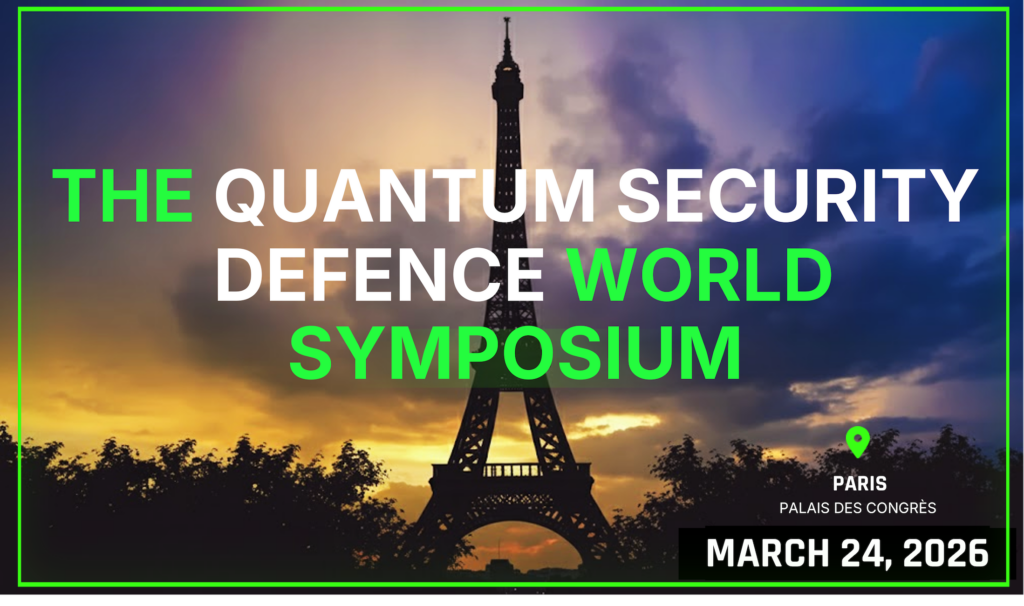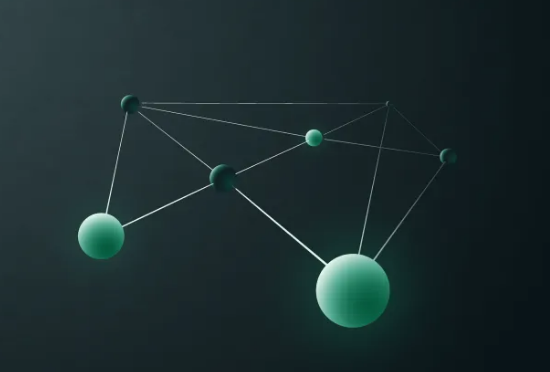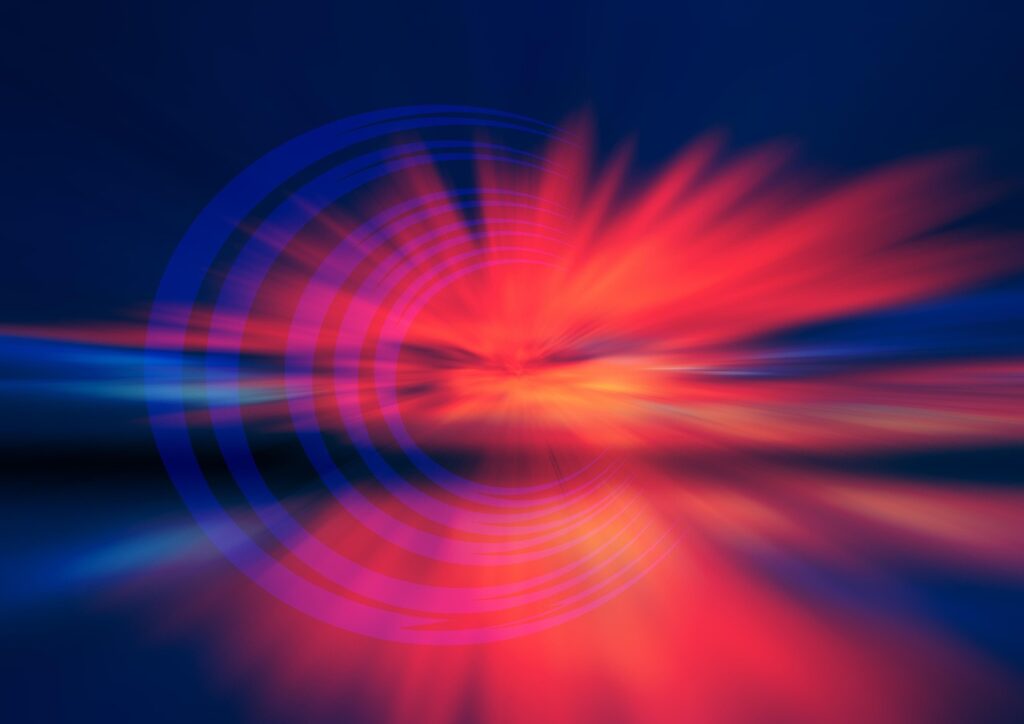Insider Brief
- A new study published in Annals of Physics proposes that quantum information — encoded in entanglement entropy — directly influences the curvature of spacetime, suggesting gravity may emerge from quantum information itself.
- The framework introduces an “informational stress-energy tensor” into Einstein’s equations, computes corrections to Newton’s constant, and links quantum entanglement to gravitational dynamics near black holes and during early-universe events.
- While the predicted effects are too small to detect with current technology, the study offers a theoretical foundation for future quantum gravity research and reframes spacetime as potentially arising from an informational structure.
A new study proposes that quantum information, encoded in entanglement entropy, directly shapes the fabric of spacetime, offering a fresh path toward unifying gravity and quantum mechanics.
Published in Annals of Physics, the paper presents a reformulation of Einstein’s field equations, arguing that gravity is not just a response to mass and energy, but also to the information structure of quantum fields. This shift, if validated, would mark a fundamental transformation in how physicists understand both gravity and quantum computing.
Linking Geometry to Information
The study, published by Florian Neukart, of the Leiden Institute of Advanced Computer Science, Leiden University and Chief Product Officer of Terra Quantum, introduces the concept of an “informational stress-energy tensor” derived from quantum entanglement entropy.

Entanglement entropy measures the degree of quantum correlation between different regions of space and plays a key role in quantum information theory and quantum computing. Because entanglement captures how information is shared across spatial boundaries, it provides a natural bridge between quantum theory and the geometric fabric of spacetime.
In conventional general relativity, the curvature of spacetime is determined by the energy and momentum of matter and radiation. The new framework adds another driver: the quantum information shared between fields. This extra term modifies Einstein’s equations and offers an explanation for some of gravity’s more elusive behaviors, including potential corrections to Newton’s gravitational constant.
For researchers working on quantum computing, the study reinforces the idea that entanglement isn’t just a computational resource — it might be a structural element of the universe. The research implies that as quantum computing systems manipulate entanglement, they’re tapping into the same mechanisms that influence the shape of spacetime.
This duality between geometry and information, the study argues, has far-reaching consequences. In particular, it suggests that gravity could emerge from entanglement at the quantum level — a view aligned with ongoing efforts in quantum gravity, including holographic theories and the AdS/CFT correspondence.
How the Framework Works
To support its claims, the study computes corrections to Newton’s constant using entanglement entropy from various types of quantum fields, including scalars, spinors and gauge bosons. These corrections, while numerically tiny, depend on the quantum field content of the universe and change with energy scale, which suggests that gravity’s strength might not be constant after all.
Neukart uses established quantum field theory tools — such as the replica trick and heat kernel methods — to model how entangled regions of space affect curvature. These techniques help physicists calculate how quantum information spreads and interacts in curved spacetime, by copying systems and modeling how heat would diffuse through them. The results of the researcher’s calculations suggest that even tiny regions of quantum correlation can influence gravitational dynamics, particularly near black holes and in the early universe.
Cosmological Consequences
One of the more striking implications involves black hole thermodynamics. Traditional equations for black hole entropy and temperature rely on Newton’s constant being fixed. If gravity “runs” with energy scale — as the study proposes — then these thermodynamic quantities also shift. The entropy of a black hole would decrease slightly at high energy scales, and its temperature would rise, leading to slower evaporation rates.
While these corrections are too small to detect with current technology, they offer a theoretical window into the long-standing black hole information paradox—an unresolved tension between quantum mechanics and general relativity.
This might just be the beginning because, beyond black holes, the scale-dependence of gravity could affect inflation, nucleosynthesis and dark energy. The early universe’s rapid expansion, governed by equations that include Newton’s constant, might have proceeded differently if the constant was slightly smaller at higher energies. Likewise, the synthesis of light elements and the cosmic microwave background radiation might carry traces of this variation.
The research suggests that quantum entanglement could even contribute to the cosmological constant, the parameter often invoked to explain dark energy and the universe’s accelerating expansion.
Challenges and Limitations
Despite the elegance of the theory, it makes predictions that may be difficult to test. The predicted variations in Newton’s constant are extraordinarily small — far below the sensitivity of current instruments. Most of the corrections derived in the study become meaningful only near the Planck scale, where gravitational and quantum effects are expected to converge.
Moreover, the results depend on perturbative techniques that break down at extreme energies. The paper acknowledges this limitation and calls for the development of non-perturbative approaches, such as exact renormalization group methods, to extend the theory’s applicability.
The framework also hinges on assumptions about the particle content of the universe. Using the Standard Model as a baseline, the corrections are minute. But theories beyond the Standard Model — such as those involving extra fields or dimensions — could magnify these effects.
Future Directions
Ultimately, the study does not claim to resolve quantum gravity, but it does reframe the problem. By showing how entanglement entropy can be mathematically folded into Einstein’s equations, it opens a promising path that links spacetime to information — a concept familiar to quantum computer scientists and physicists alike.
Future research directions would require a broader program of inquiry to follow up on the groundwork laid by this stydy. The author suggests that emerging quantum experiments, including precision measurements of gravity at short distances and black hole imaging, may eventually provide indirect support for the theory.
Astrophysical data, gravitational wave signals and high-energy observations could offer additional clues, especially as observational precision improves. The proposal also encourages quantum information researchers to consider their work in a broader context — possibly contributing insights to one of the biggest unresolved questions in physics. As some researchers describe it, these efforts hint at an “informational operating system” underlying the cosmos — one in which the structure of reality emerges not from matter or energy alone, but from the flow and pattern of information itself.

















